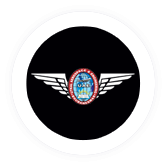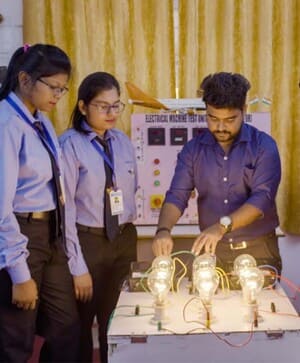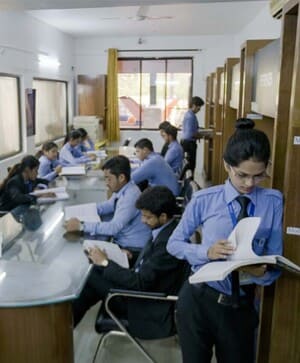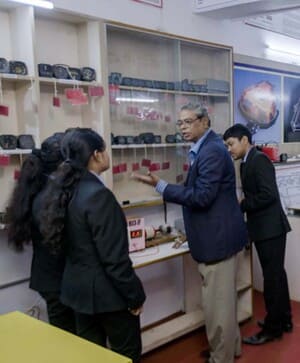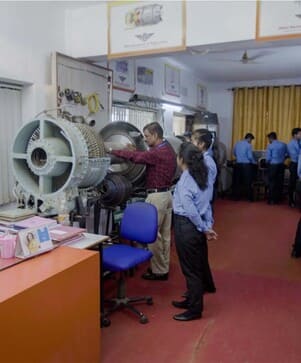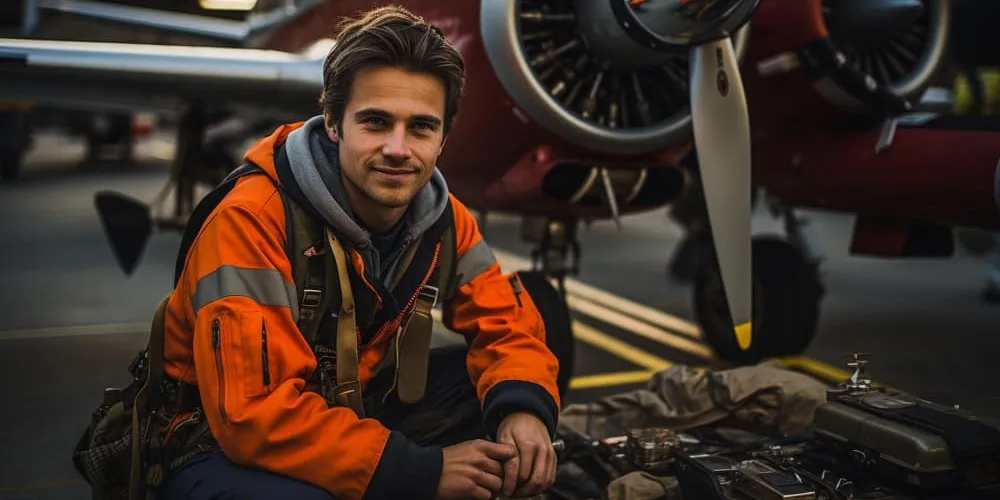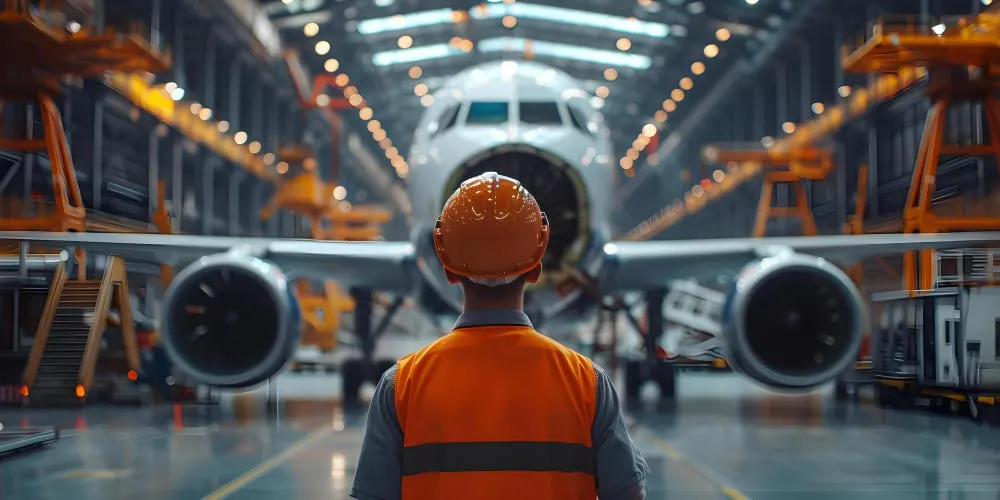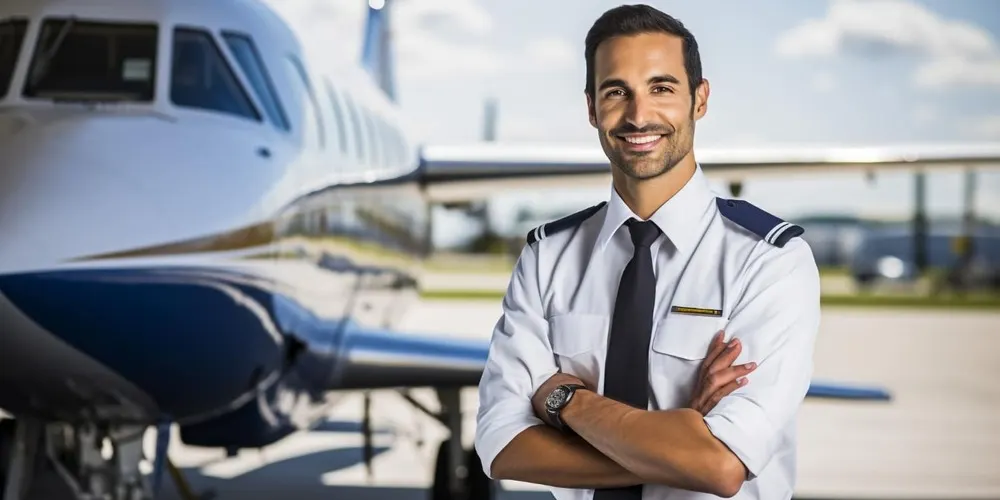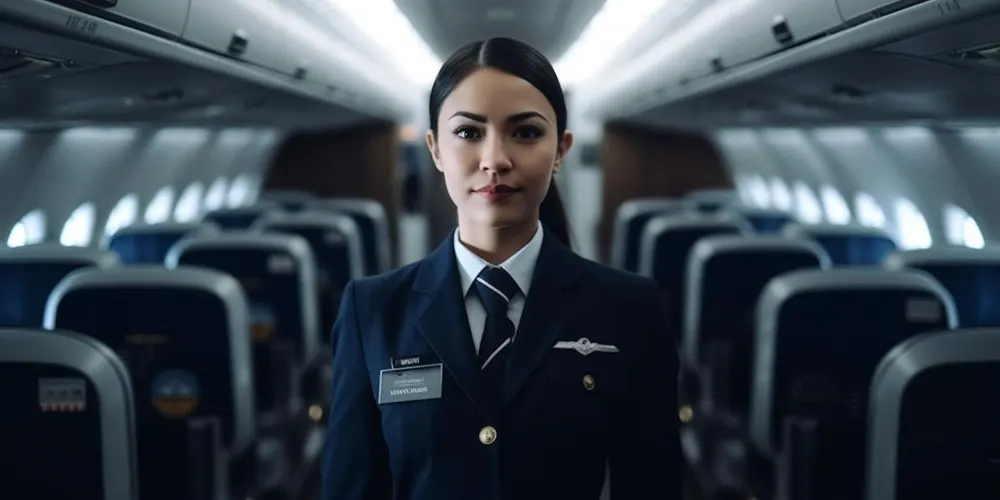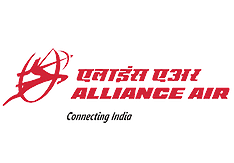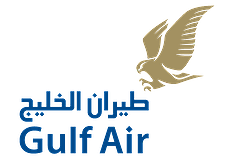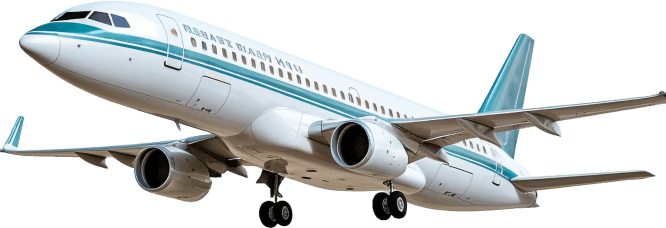Each stream of Aircraft Maintenance Engineering (AME) program focuses on specific areas of aircraft maintenance and repair:
Mechanical Stream (Category B1.1, B1.2, B1.3):
Deals with the study and maintenance of various aircraft systems, including jet engines, piston engines, and turbine engines.
Covers heavy aeroplane structures, light aeroplane structures, and helicopter (rotary aeroplane) structures.
Involves maintenance tasks related to airframe, powerplant, and associated systems.
Avionics Stream (Category B2):
Focuses on aircraft instrument systems, aircraft radio and navigation systems, and aircraft electrical systems.
Covers electronic components, communication systems, navigation equipment, and electrical wiring.
Involves troubleshooting, repair, and calibration of avionic systems to ensure proper functioning.
While both streams require a thorough understanding of aircraft systems and maintenance practices, they differ in the specific components and systems they cover, reflecting the diverse nature of aircraft maintenance tasks and collectively ensuring safety.






